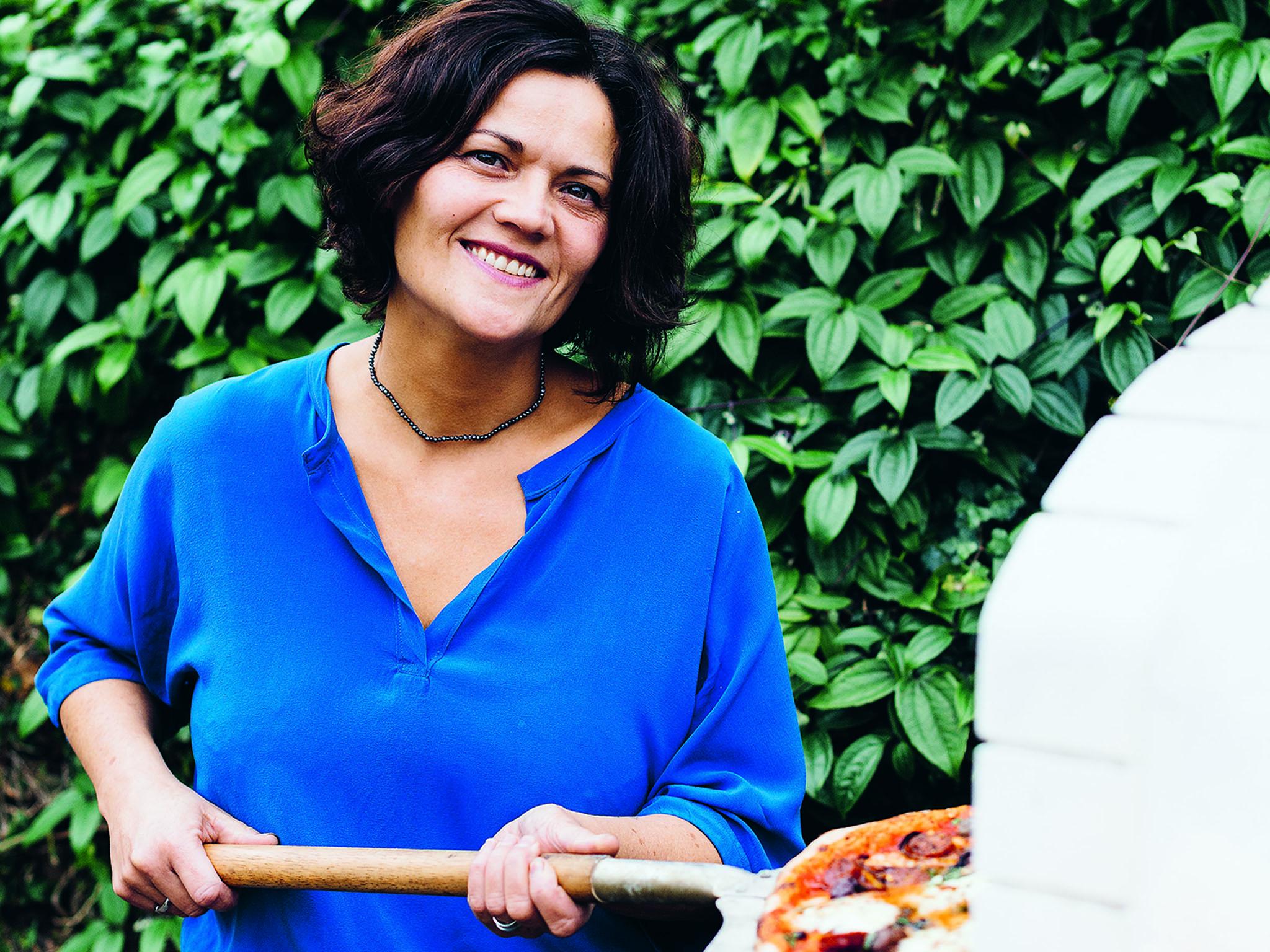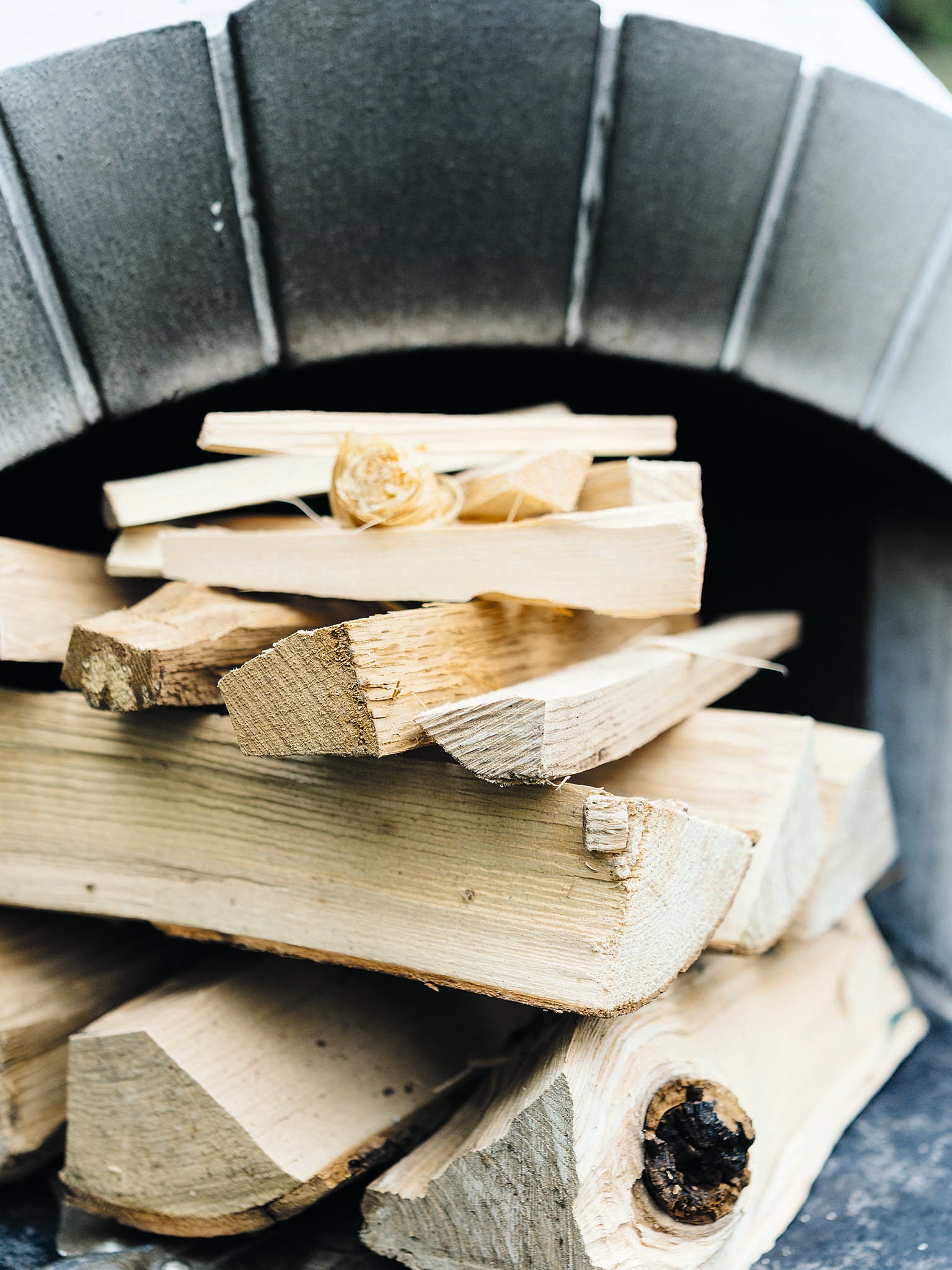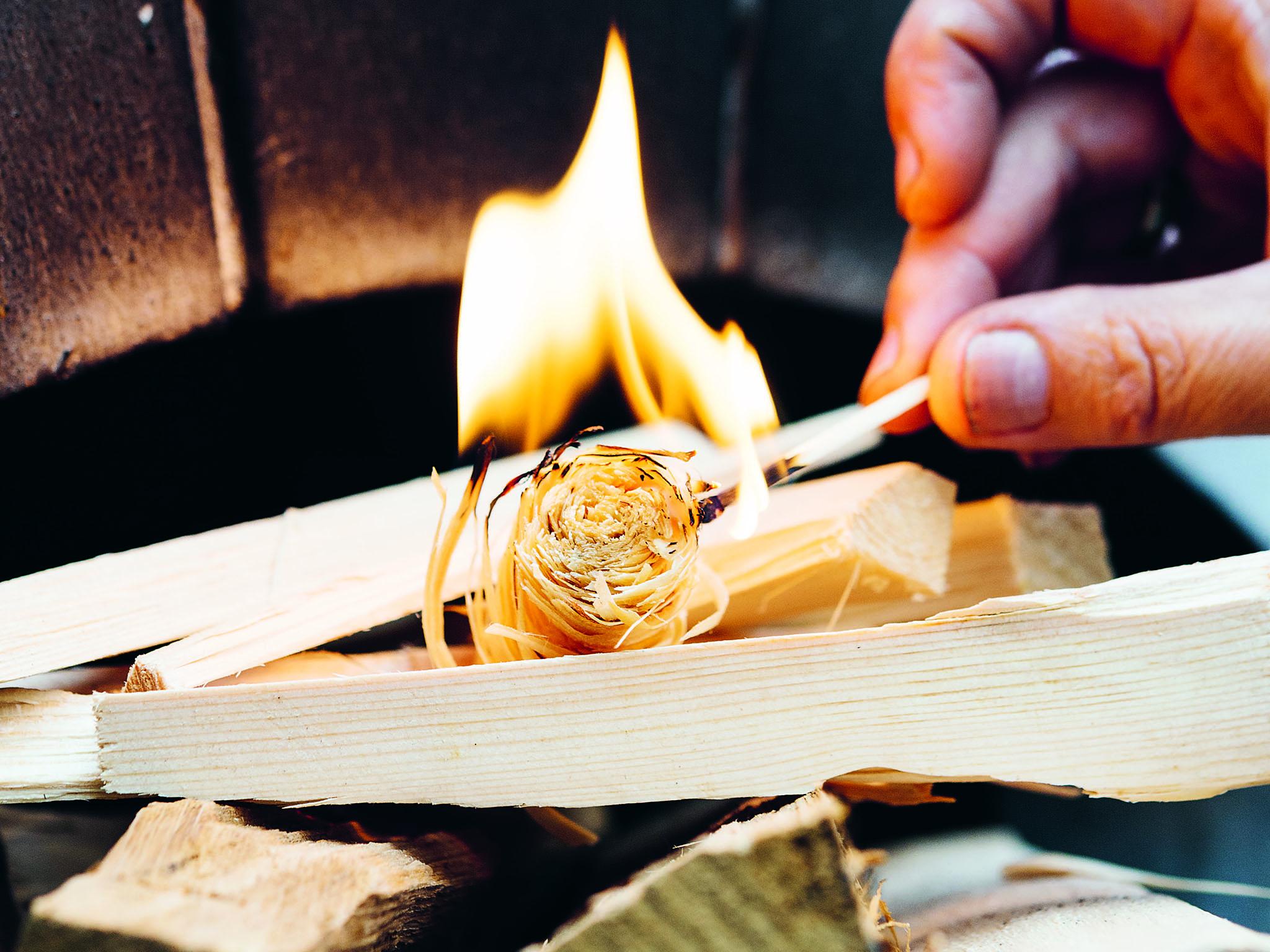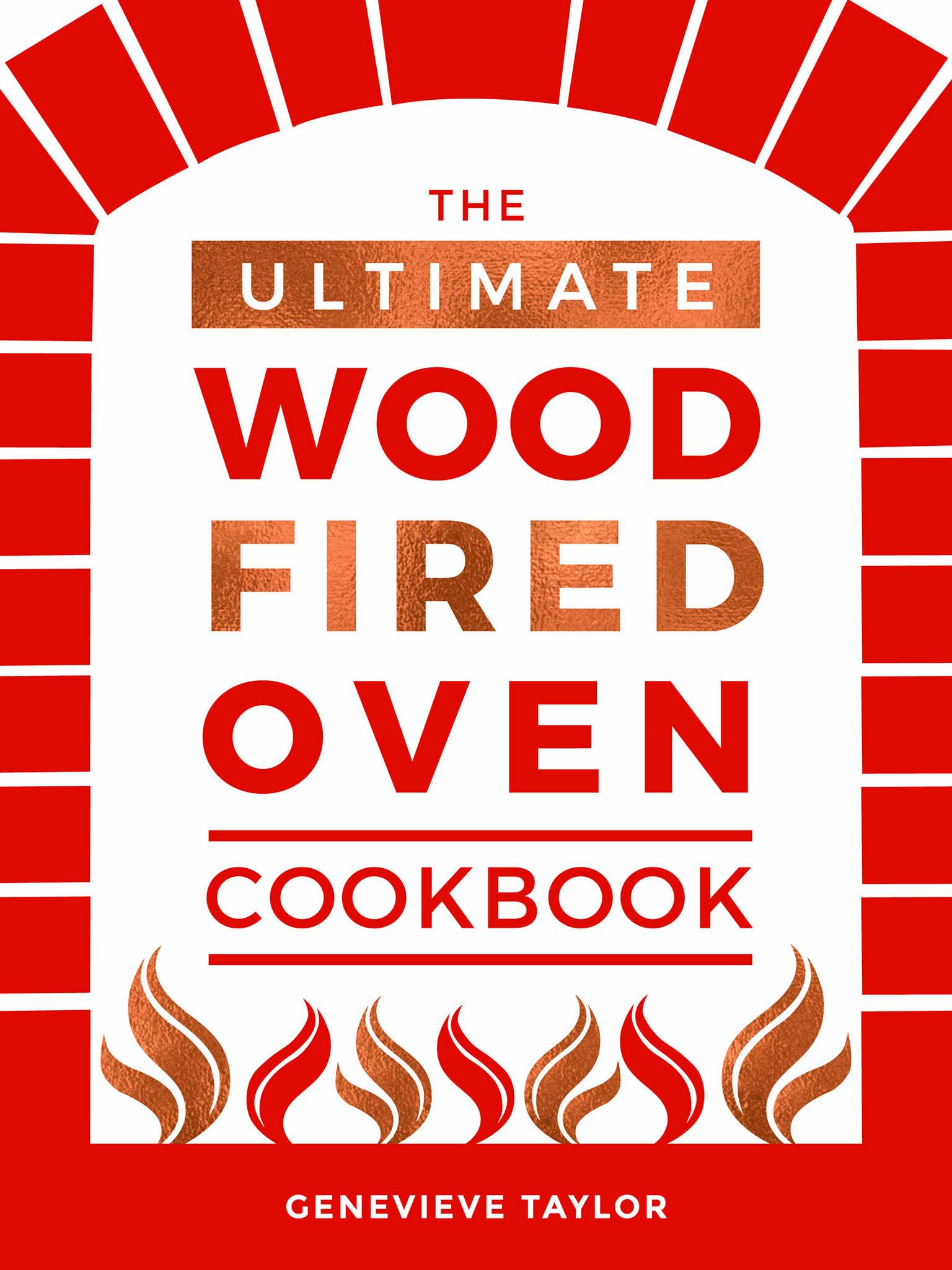Taking the heat: How to cook in a wood fire oven
As a recipe writer, Gnevieve Taylor finds the freedom of cooking in a wood-fired oven both challenging and liberating. She shares some fiery recipes from her new book

Your support helps us to tell the story
From reproductive rights to climate change to Big Tech, The Independent is on the ground when the story is developing. Whether it's investigating the financials of Elon Musk's pro-Trump PAC or producing our latest documentary, 'The A Word', which shines a light on the American women fighting for reproductive rights, we know how important it is to parse out the facts from the messaging.
At such a critical moment in US history, we need reporters on the ground. Your donation allows us to keep sending journalists to speak to both sides of the story.
The Independent is trusted by Americans across the entire political spectrum. And unlike many other quality news outlets, we choose not to lock Americans out of our reporting and analysis with paywalls. We believe quality journalism should be available to everyone, paid for by those who can afford it.
Your support makes all the difference.Cooking with wood is wonderfully addictive, and owning a wood-fired oven has become so desirable in recent years, but why bother when you have a perfectly good oven in your kitchen?
For me, it’s about throwing off the shackles of technology, embracing a bit of culinary adventure and getting back to basics with that most primal of elements, fire.
The sense of achievement you feel from striking a single match and mastering a fire in which you can cook a multitude of dishes is, quite simply, huge.
The oven you bought to make perfect wood-fired pizza will also make a million and one other things just as brilliantly. The breadth of dishes you can get out of a wood-fired oven is almost limitless – you can roast, grill, barbecue and smoke in it, as well as use it as a hob and a giant slow cooker.
Without temperature dials and fan controls you become a more intuitive cook, one who values their senses of smell, sight, taste and even touch over the beep of the oven timer.
You will need to free yourself from the idea of set recipe times and cooking temperatures – as a professional recipe writer this has been both challenging and liberating.

I really hope you use your oven year round, not just on balmy summer evenings. These ovens are a real investment, both in time and money, whichever sort you have, so it’s great to make the most of them.
Lighting and managing the fire
For me, lighting the fire is a really joyful bit of the woodfired cooking process. I enjoy it immensely, and like most passionate ‘fire-starters’ I have my own very particular way of doing it. The way I was taught to light a fire – I can’t remember now by whom or when: my dad? My big brother?
The cubs? – was that you start small and build up, gradually adding bigger and bigger bits of fuel to a base of a firelighter and kindling. Certainly this is a tried and tested route, known as the bottom-up method, nd it works very well, but it can be somewhat high maintenance.
More recently I have become an almost evangelical convert to the total opposite way, the top-down method.

For this you build a neat Jenga stack of logs on a metal peel, starting with a row of the biggest along the bottom and building up to a bundle of kindling on top. On top of that I place a natural firelighter, a wax-dipped ball of wood shavings, and I strike a match.
Once the firelighter has caught well, I slide the peel into the centre of the oven and carefully push the stack off the peel on to the oven floor so it stays neatly stacked.
The firelighter lights the kindling underneath it, which in turn drops embers on to the next layer of small logs, which then ignites and drops embers on to the layer below, until you end up with a roaring fire.
The great benefit of this is that you strike the match, watch for a minute or so to make sure the kindling is catching, then walk away until the oven is super-hot – in my case about an hour later.
Two potential stumbling blocks with this method – if your oven is small and portable and you can’t fit a whole fire’s worth of fuel in at once, or if the doorway is too low. Experiment with your fires, light them often and learn as you go along, finding out what you like and what works best in your own oven.
Fuel
You will always be disappointed by your oven’s heat output if you try to burn damp fuel – it will smoke too much and be generally very frustrating. Use the best quality kiln-dried wood you can, and it will pay you back handsomely in fuel efficiency and food output.
I also use compressed sawdust bricks, an eco-friendly by-product of the timber industry, as they burn very hot and cleanly with practically no ash to speak of. I find a combination of both of these works best for my oven.
You can also dry out regular bags of seasoned logs in a cooling oven overnight (provided there are no embers that could set them alight), something I don’t often do, as I’d rather use the oven as a slow cooker for getting the next day’s meals together.
I always start my fire with a single, natural firelighter, a very neat little bundle of wood shavings dipped in wax that doesn’t give off nasty fumes like regular firelighters.

The most satisfying part of wood-fired cookery is learning how to maximize the gently falling curve of temperature to cook multiple dishes.
The recipes in my book reduce in temperature the further you delve through, the idea being that you start with the hottest things and move through to the coolest.
Once you have generated a good fire with expensive kiln-dried wood, it absolutely pays to have several dishes prepped that you can add in, one after the other, as your oven cools down.
This means that you can get several meals ready for future eating; stews and soups are great for this, as well as breads and cakes. There is tremendous satisfaction from knowing you are squeezing every drop of energy out of your fire.
The Ultimate Wood Fired Oven Cookbook by Genevieve Taylor (Quadrille £15) Photography: Jason Ingram
Join our commenting forum
Join thought-provoking conversations, follow other Independent readers and see their replies
Comments